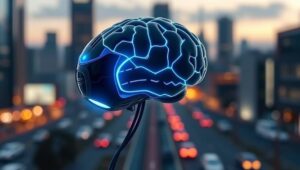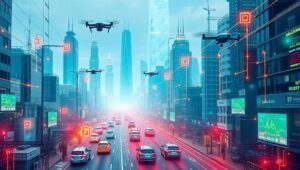Inclusive Design in Computing: Accessibility for All (2025 Forward)
Inclusive Design in Computing: Accessibility for All (2025 Forward) In an increasingly digital world, ensuring that technology is accessible to everyone is not just a matter of ethics, but a fundamental requirement for a just and equitable society. Inclusive design in computing focuses on creating technology that can be used by people of all abilities and backgrounds. This post explores the principles, benefits, and future directions of inclusive design, highlighting its importance in shaping the technological landscape of 2025 and beyond. What is Inclusive Design? Inclusive design is a design philosophy that emphasizes creating products and services that are usable












